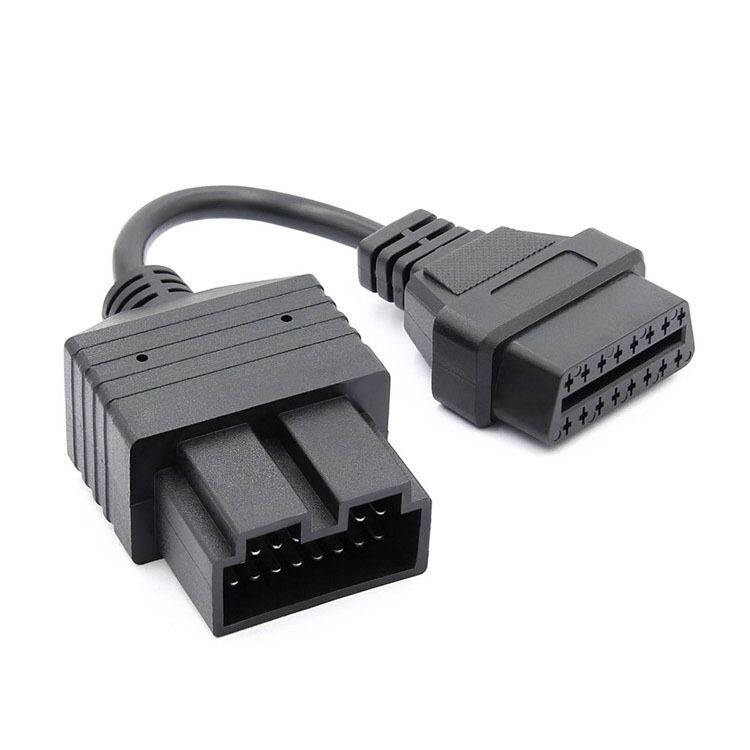obd2 connections
OBD2 connections represent a standardized diagnostic interface that revolutionized vehicle maintenance and troubleshooting. This system, which became mandatory for all vehicles sold in the United States after 1996, serves as a vital communication bridge between your vehicle's onboard computer and diagnostic tools. The connection operates through a standardized 16-pin connector, typically located under the dashboard on the driver's side. This interface enables real-time monitoring of various vehicle systems, including engine performance, emissions control, transmission status, and numerous other vital parameters. The OBD2 connection utilizes sophisticated protocols to transmit data, supporting multiple communication standards such as CAN, ISO9141-2, and SAE J1850. This versatility ensures compatibility across different vehicle manufacturers and models. Through this connection, mechanics and vehicle owners can access crucial diagnostic trouble codes (DTCs), sensor data, and performance metrics, making it an indispensable tool for modern vehicle maintenance and repair work.

